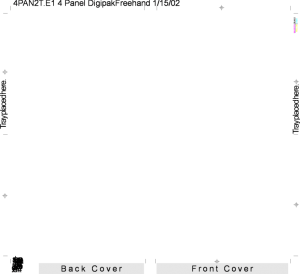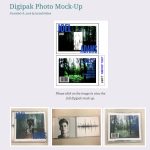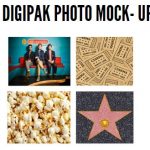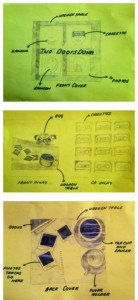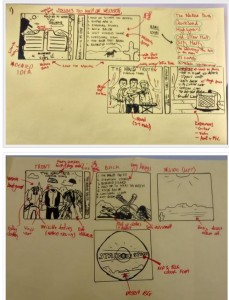This week you should be planning, executing and producing your Digipak. Make sure your planning is precise and comprehensive. All planning documents should be uploaded to the blog. You will have to organise your group, models and performers. Remember you have fewer lessons this week so you need to work in a focused manner.
Attached to this post are links to shot lists, agendas and digipak templates.
You should also use Adobe Indesign to create your templates. You can choose one from the list.
Use Photoshop to amend, edit and manipulate your photos and Indesign to construct the actual Digipak.
You must also include your contact sheets in the blog and give an overview of which shots you finally choose and why. Make copies of the PMA and RA sheets.
These links may be helpful in setting up the templates so that your work is the correct size in photoshop.
https://support.discmakers.com/hc/en-us/articles/209098677–Using-our-Templates-with-Adobe-Photoshop
http://www.discmakers.com/templates/digipaks.asp
